Trigger warning: If you have thalassophobia, get the hell out of here right now. If, on the other hand, you want to learn a bit about some of the most wonderfully odd, rather horrifying, and at times hardly believable things alive beneath the waves right now, by all means, dive in.
Ocean creatures range from the fascinating to the beautiful to the downright strange. By and large, we’ll be focusing on the latter. Yes, the majestic blue whale is the largest animal known to have ever lived (reaching nearly 100 feet and 190 tons), the sailfish can swim at speeds nearly 70 miles per hour, and there are coral known to be more than 2,000 years old, but let’s be honest, you came here to read about crazy weird sea creatures. So let’s oblige.
Frilled Shark

Frilled sharks are often known as “living fossils,” having many features seen predominately in long-extinct creatures. But these nightmare-fuel fish are very much alive today. Their name comes from the prominent gills that give the shark’s head a shape somewhat akin to a cobra with hood widened. Inside the frilled shark’s mouth, you’ll find dozens of needle-shaped teeth that trap prey the shark tends to then swallow whole. The good news is that you’ll almost surely never see one of these rare deep-sea dwellers, and if you do it won’t try to eat you.
Giant Isopod
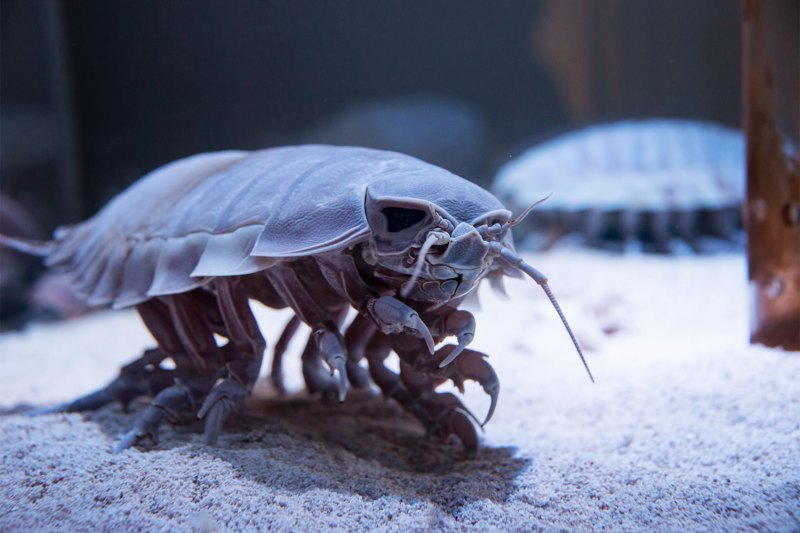
With apologies to isopods everywhere, isopods are just the ugliest damn things around. You know them as pill-bugs, woodlice, and other common crawling crustaceans common in cities, suburbs, and the woods. At the bottom of the sea, however, you’ll find isopods that can reach up to 20 inches in length. They have frightening sectional bodies, scary eyes, weird legs, and are carnivorous scavengers that eat dead fish, sharks, or whales, and even prey on hapless slow-moving live creatures.
Blobfish
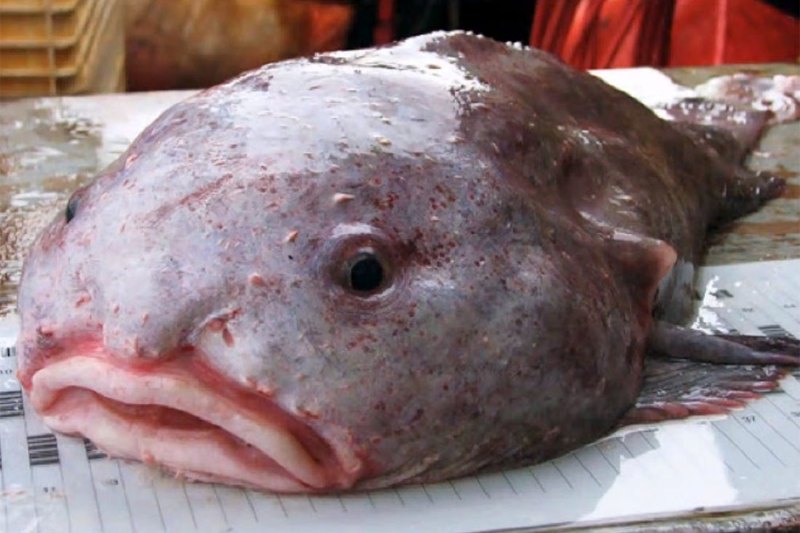
The scientific name might be Psychrolutes marcidus but when you see this fish, you’ll agree that “blobfish” is indeed the more suitable moniker. Were you to see one of these endangered fish in its natural habitat near the ocean floor, the water pressure would have it look almost like a “normal” fish, whatever that really means. But raised to the surface, the creature’s lack of bone and minimal muscle can’t deal with the reduced pressure and they flatten out into an odd floppy-looking … blob.
Terrible Claw Lobster

What’s in a name, anyway? In this case, a perfect description of the most notable feature of this creature, which is indeed endowed with long claws lined with needle-shaped protrusions. It would be the absolute stuff of horror movies … were the lobster not actually about one inch in length and extremely rare at that. In fact, the species was first identified in 2007 and officially described in 2010.
Portuguese Man o’ War
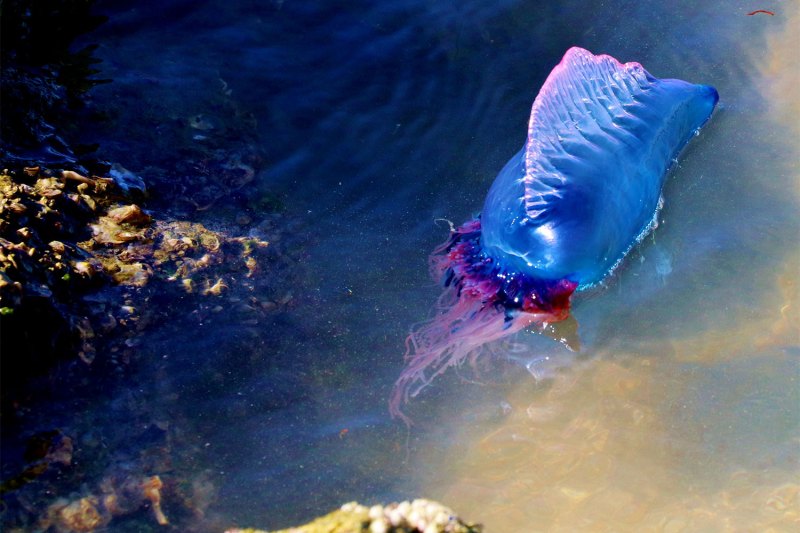
The tentacles of a Portuguese Man o’ War can reach lengths of up to 100 feet and are lined with countless little venom-filled protrusions that can cause agonizing stings, leaving long red marks that resemble the lash of a whip. These animals are not true jellyfish, but are in fact a so-called “colonial organism” made up of multiple different, distinct animals that must band together to survive. The Man o’ War drifts listlessly through the ocean with no means of self-control simply waiting for the hapless fish or swimmer to come to close before it hits it with whip venom. Because it’s a jerk.
Goblin Shark
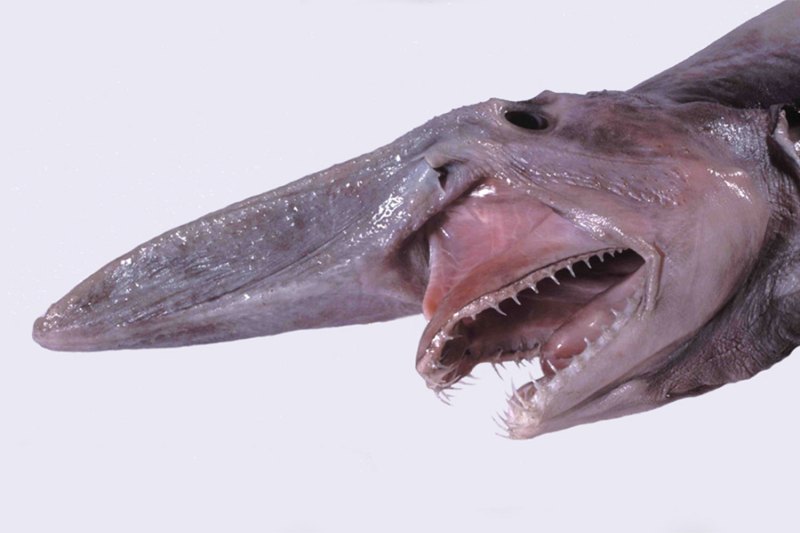
You know that little mouth that shoots out of the bigger mouth in the Alien movies? That’s pretty much what we’re dealing with in the goblin shark, an aptly named creature if ever there was one. Slow swimmers, goblin sharks tend to creep up on prey patiently and, once in range, their jaws can spring forward rapidly, catching prey with a repeated snapping and gnawing motion, a bite peculiar only to this peculiar shark.
Japanese Spider Crab
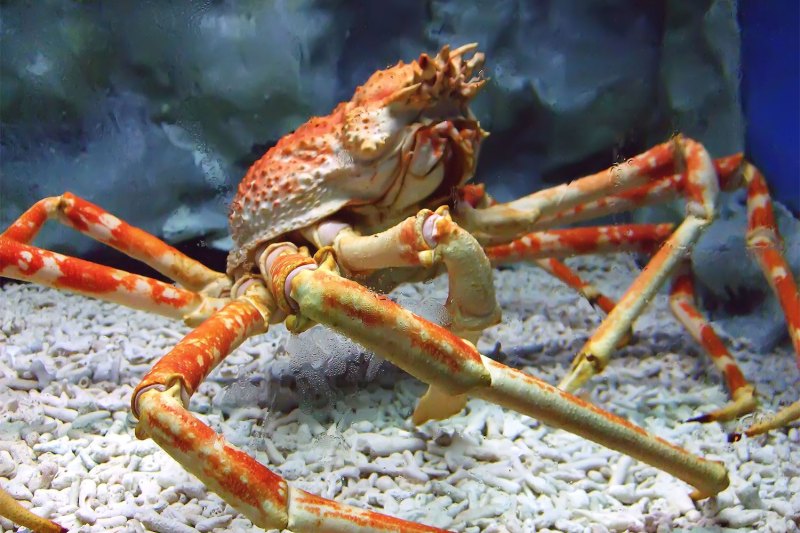
Crabs are not all that cute to begin with, certain beloved Disney characters aside. So a giant crab with a body measuring 16 inches across? Really not cute. But that body is hardly what makes the Japanese spider crab so horrifying — it’s the legs that do that. This crab can grow up to 12 feet from claw to claw. Terrifying size aside, apparently the crabs are apparently shy and gentle, and they may live up to 100 years.
Angler Fish
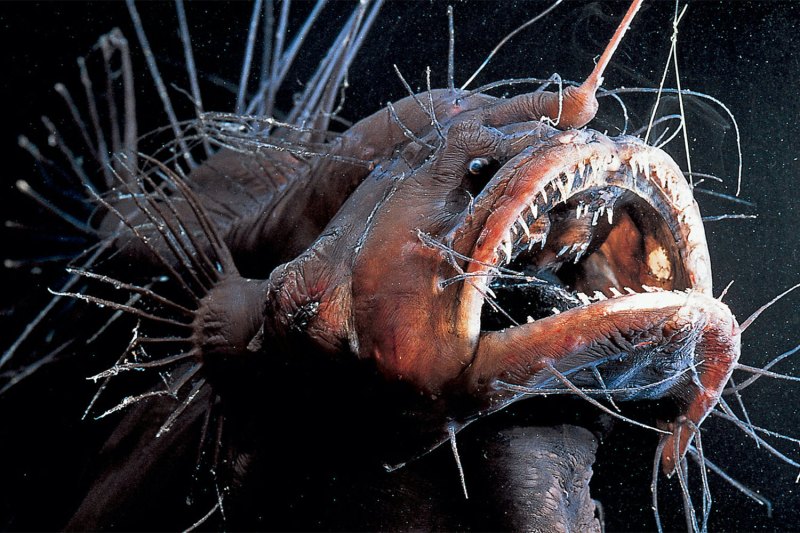
It would be disrespectful to the fear machine that is the angler fish to leave this creature off any list of bizarre sea denizens, as just about every feature of this fish is fearsome stuff. It has savage knife-like teeth set in a huge mouth, they dangle a glowing lure in front of their dagger-toothed-mouths to attract unwitting prey, and their stomachs can extend enough to allow the fish to eat animals up to twice their own size.



